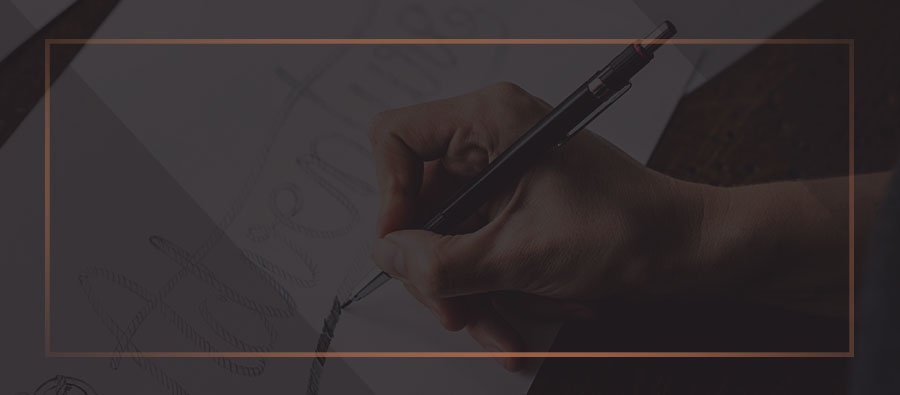
One of the most significant elements of any truly great company is having a unique and memorable logo that people can instinctively recognize.
However, creating this company logo or mark, is not as easy as it looks.
Here are a few common logo design mistakes to avoid when tasked with creating a logo.
Typeface
One common area that is often overlooked in the process of logo design, but is one of the most important factors is typeface or font choice.
Typography in logo design can make or break the overall design.
The old adage of the simpler the better couldn’t be more true for logo design especially when it comes to font style.
Legibility
A simple rule with selecting a font style is make sure it is legible.
Legibility can immediately turn off the consumer and make them reject your business, regardless if you have a great product.
If a consumer can’t read or even sometimes pronounce your business name due to the font, that can turn people away.
Too many fonts or font weights is something to also stay away from.
Simplicity
The most memorable logos are most often the simplest logos.
Brand and logo recognition are key factors to brand awareness in todays culture with so many brands to choose from.
However, for a logo to be memorable and stand apart from the crowd, it needs to display something unique, without being over complicated.
Simple logos when done right, are also usually super versatile, meaning it can work across multiple platforms.
For example, a logo should work on something the size of a postage stamp to something of a much larger scale such as a billboard.
Coloring
The first step to creating a great brand logo is work in the simplest form, that being black and white.
Start there, this allows for the best execution of the logo without complicating it with color just yet.
Refrain from incorporating drop shadows, embossing, or other layer styles to beef up the logo — a good logo will stand on its own.
Once the logo is finalized in black and white, color in most cases, will only add personality and character to the overall look and feel.
Mirroring
Another area to stay away from is use the mirror technique and call it your own idea.
A bad designer sees an idea that he likes, does a quick tweak, color swap, or name change then calls the idea their own.
Do not use stock or clip art either, the point of a logo is to be unique and original.
Options
Once you finally come up with an idea and are ready to show the client, be cautious with how many options you show.
This sometimes allows the client to be overwhelmed and often have too much say over the design direction.
If you provide 5-10 concepts, more often than not they will choose what you consider, the worst or lesser of the design options.
A good rule of thumb is to only send one to three concepts that you personally could see being the best option for them.
The client is ultimately paying you as a professional designer to create them something they want to use for their company, so you should direct the client as best as possible to the final outcome.
As the designer, you should offer up your expertise, not by letting them direct the project with so many alterations or revisions.
If a client asks for a misinformed or unnecessary change, further explain why it may not be such a good idea and offer a better alternative.
Guide them into seeing how the final solution is the right choice in moving forward with the logo.
As a designer, you should also realize that your client is not always right, so be open to providing feedback and suggestions on your work.
Conclusion
These logo design tips should help a designer better their skills as logo designer, however, they should not hold you back.
Rules within the creative field are sometime made to be broken and there is no perfect way when it comes to logo design.
Explore as many ideas as you can, execute and create these ideas, then repeat.

